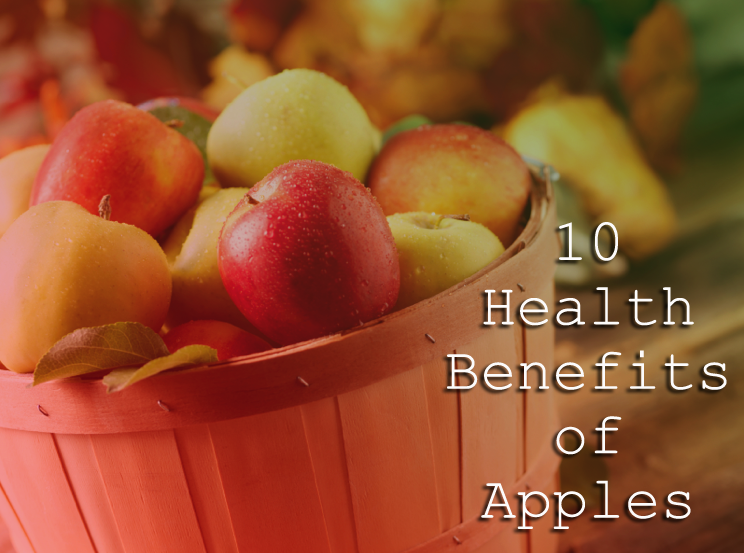There’s acrylamide in food that you’re probably eating all the time, and you should be concerned.
There are many things in our food that can cause cancer–MSG, chemical preservatives, food colorings, added flavorings, and the list goes on and on. Knowing what’s in your food is important, as it will help you to make the right, healthy food choices!
What is Acrylamide?
Acrylamide is a chemical that manufacturers use to produce plastic and polymer products. It’s a chemical you can find in paper, plastics, dyes, and even in drinking water, as it’s used to treat sewage.
“But,” you may be thinking, “I don’t eat any of those things! How can I be exposed to acrylamide?”
Simple: It’s in the packaging!
When your food is wrapped in plastic and polymer containers, bags, or wrappers, it is exposed to the acrylamide. According to the WHO, the foods that contain the highest levels of acrylamide at French fries and potato chips. Foods that are not heated up to 248 F during preparation are often at risk of absorbing the acrylamide from their packaging.
However, plastic packages aren’t the only source of acrylamide. There is an amino acid called asparagine, which is found in potatoes and a wide range of vegetables. When this amino acid mixes with certain sugars (such as the starches found in potatoes and veggies), heating the amino acid (during cooking) can often cause the asparagine to be transformed into acrylamide. High-temp cooking–frying, deep-frying, broiling, and baking–have been known to cause the production of acrylamide to increase, and the longer the food cooks, the greater the risk of this chemical forming!

READ MORE: Foods that Cause Breast Cancer
Is Acrylamide Dangerous?
As you no doubt have guessed from the title of the article, acrylamide is DEFINTIELY a health concern!
In a number of animal studies, it was discovered that the consumption of acrylamide increases the risk of a variety of cancers. While the information is still incomplete and there is MUCH more research needed, the preliminary results do indicate that caution is necessary.
A correlation has been found between consumption of acrylamide and the formation of cancer in the ovaries, breasts, kidneys, intestines, larynx, mouth, and esophagus. Not all acrylamide-containing foods were tested, but one Danish study evaluated the risk of acrylamides causing breast cancer in post-menopausal women. They found that the consumption of acrylamides caused an increase in the production of cancer cells receptive to estrogen.
A study conducted in the Netherlands found a correlation between these chemicals and the formation of cancer cells in the ovaries and endometrial lining. Another study also found that there was a connection between acrylamide and renal cell cancer, though there was no link between the chemical and bladder or prostate cancer.
Another downside of exposure to high levels of the chemical is neurological damage. In certain production plants–i.e., coal preparation–workers used acrylamides to clarify water for manufacturing purposes. Exposure to high levels of this chemical has been known to cause neurological damage, leading to a potentially hazardous work environment unless proper precautionary measures are taken.
While the EPA regulates the amount of acrylamide that can be used for industrial purposes, the FDA has set no regulations to control the presence of this chemical in our food. This means that you may be exposed to acrylamide far more often than you’d like–possibly every time you eat food that has been purchased in a polymer package. For your own safety, it’s important to be aware of this potential health risk, and take steps to avoid it at all costs!
Resources: http://www.cancer.gov/cancertopics/factsheet/Risk/acrylamide-in-food








